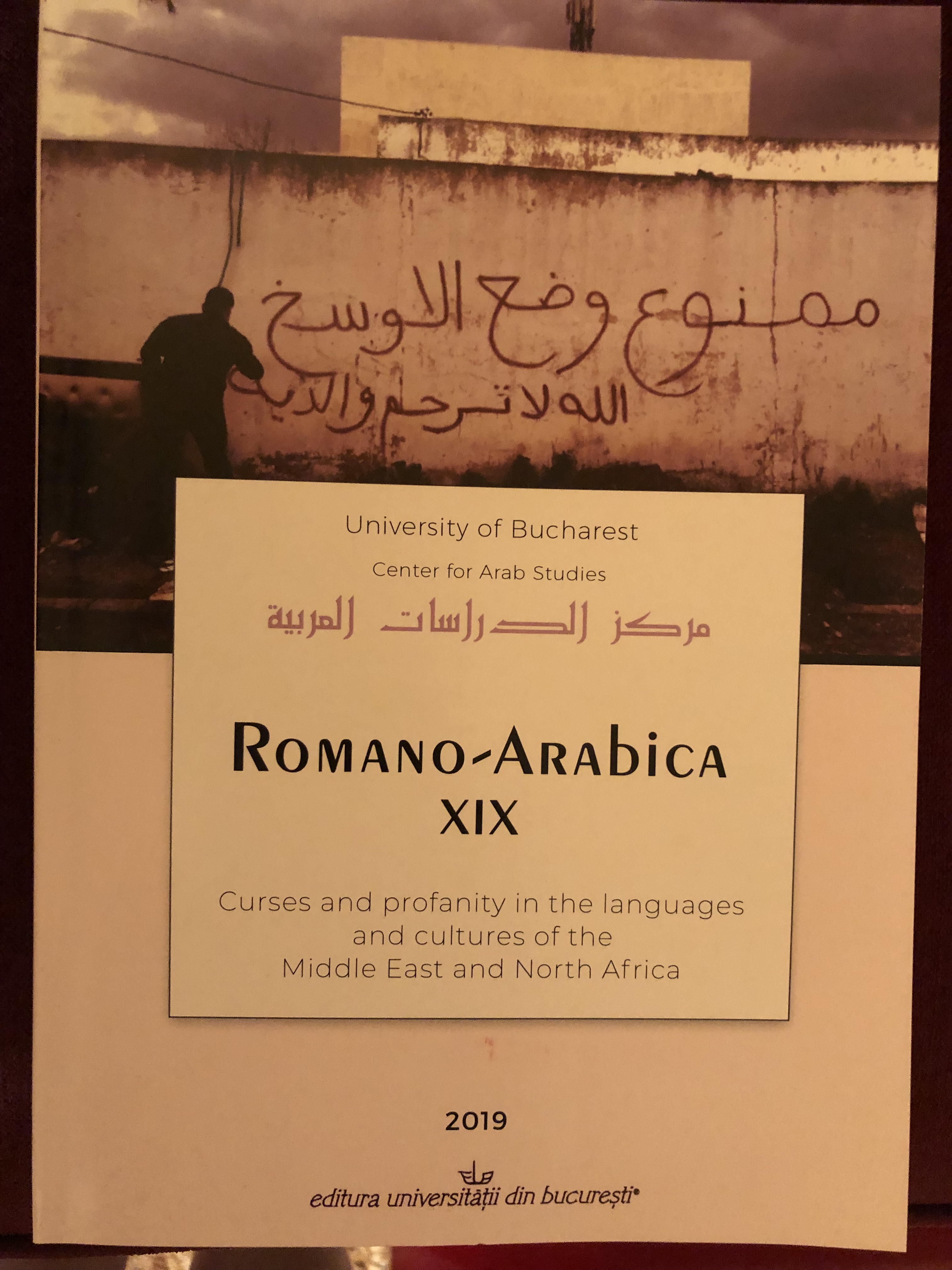LITERARY CREATIVITY AND CURSES. A STUDY CASE: ’AN TAKŪN ‘ABBĀS AL-‘ABD, BY ’AḤMAD AL-‘ĀYDĪ
LITERARY CREATIVITY AND CURSES. A STUDY CASE: ’AN TAKŪN ‘ABBĀS AL-‘ABD, BY ’AḤMAD AL-‘ĀYDĪ
Author(s): Lucia AvalloneSubject(s): Language and Literature Studies, Studies of Literature, Philology
Published by: Editura Universităţii din Bucureşti
Keywords: curses; standard Arabic; Egyptian vernacular; creativity; rhetoric; pragmatics;
Summary/Abstract: Every language has a repertoire of insults, swear words, and curses which speakers can draw from. When canonical curses do not seem fit for purposes, individual creativity coins new ones, adding ironic elements to traditional and crystallized utterances. So, the divine, by which many curses are inspired, can be abandoned to draw on profanity, searching for agents, objects, and actions of the curses in ordinary human life. But what happens in literature, which is one of the highest expressions of human creativity? The characters of literary texts, like their real counterparts, swear, insult, and wish bad luck. Often, and for a long time, these speech acts have been considered taboo by most Arab authors. The wider freedom of how to speak, given to the characters in the 2000s, allows the occurrence of a large amount of curses and swearing, borrowed from both the vernacular and standard Arabic, but also invented. They are incisive elements in the texts, nevertheless, they could be destined to remain linguistic and rhetorical exercises, like the ones contained in the novel ’An takūn ‘Abbās al-‘Abd (2003), by ’Aḥmad al-‘Āydī, that this article aims to study basing its arguments on syntactic, semantic, and pragmatic perspectives.
Journal: Romano-Arabica
- Issue Year: XIX/2019
- Issue No: 19
- Page Range: 9-18
- Page Count: 10
- Language: English, Arabic

